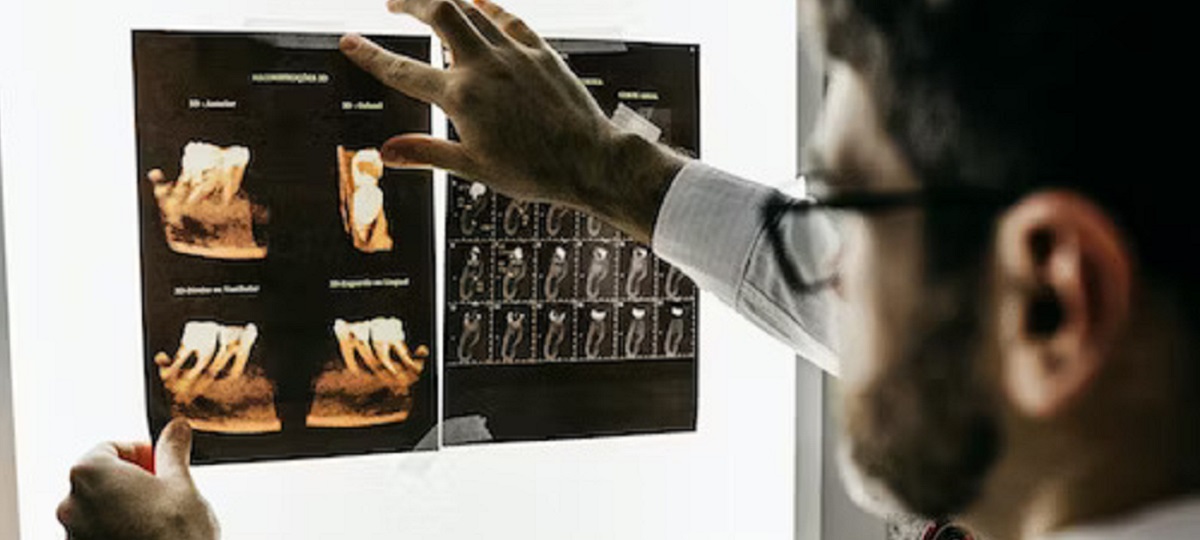Dental health is essential for our overall well-being, and cavities are one of the most common oral health issues people face. Regular dental check-ups are crucial for early detection and treatment of cavities. Among the various diagnostic tools available to dentists, X-rays play a vital role in uncovering hidden dental problems, including cavities.
What are Dental Cavities?
Dental cavities, commonly known as dental caries or tooth decay, are one of the most prevalent oral health issues affecting people of all ages worldwide. Cavities are caused by the interaction between the bacteria in our mouths and the sugars and starches we consume, leading to the formation of plaque. Over time, this plaque can erode the protective enamel of our teeth, resulting in tiny holes or cavities on the tooth’s surface.
The Importance of Early Detection
Detecting cavities at an early stage is crucial to prevent further damage and potential tooth loss. X-rays play a vital role in identifying dental cavities, especially those not visible to the naked eye. When a cavity is present, it appears as a dark spot on the X-ray, indicating the extent of decay within the tooth structure.
What Do Cavities Look Like on X-Ray?
Cavities, also known as dental caries or tooth decay, are caused by the erosion of tooth enamel due to acid produced by harmful bacteria in your mouth. Detecting cavities in their early stages is crucial for effective treatment, and X-rays play a pivotal role in this process.
When you’re sitting in the dentist’s chair, waiting for that X-ray machine to do its work, you might be wondering what your dentist is looking for. The truth is, cavities on X-rays don’t look like the glaring holes you might expect. Instead, they appear as subtle changes in the density of your tooth structure.
Different Types of Cavities
- Pit and Fissure Cavities: These cavities form on the chewing surfaces of molars and premolars, where pits and fissures are more susceptible to trapping food particles and plaque.
- Smooth Surface Cavities: As the name suggests, these cavities develop on the smooth surfaces of teeth and progress at a slower rate compared to other types.
- Root Cavities: These cavities occur on the root surface of the tooth, often affecting older adults with gum recession or those with poor oral hygiene.
Tips for Maintaining Good Oral Health
Now that you know what cavities look like on X-rays and understand the importance of early detection, here are some practical tips to maintain good oral health and prevent cavities:
- Regular Dental Check-Ups: Schedule regular dental check-ups, including X-rays as recommended by your dentist. Prevention is always better than cure.
- Oral Hygiene: Maintain a rigorous oral hygiene routine, including brushing, flossing, and using mouthwash. Don’t forget to clean between your teeth where cavities are more likely to form.
- Balanced Diet: Consume a balanced diet low in sugary and acidic foods, as these contribute to cavity formation. Opt for tooth-friendly foods like fruits, vegetables, and dairy products.
- Fluoride Protection: Use fluoride toothpaste and consider fluoride treatments if recommended by your dentist. Fluoride helps strengthen tooth enamel and makes it more resistant to decay.
- Sealants: The chewing surfaces of molars and premolars are treated with a protective covering known as dental sealants. They help prevent cavities in these hard-to-reach areas.
Treatment Options for Dental Cavities
If you suspect you have a cavity or your dentist identifies one during a check-up, various treatment options are available depending on the severity of the decay:
- Fillings: For small to medium-sized cavities, dental fillings are the most common and effective treatment. The decayed portion of the tooth is removed, and the cavity is filled with a suitable material like composite resin, amalgam, or porcelain.
- Dental Crowns: When a cavity is extensive and threatens the structural integrity of the tooth, the dentist may recommend a dental crown. Crowns are custom-made caps that cover the entire tooth, providing protection and restoring its function.
- Root Canal Therapy: If the cavity reaches the tooth’s pulp, causing severe pain and infection, root canal therapy may be necessary. During this procedure, the infected pulp is removed, and the tooth is sealed and protected with a crown.
- Extraction: In cases where the tooth is severely damaged beyond repair, extraction may be the only viable option. However, it is essential to discuss tooth replacement options with your dentist afterward.
Maintaining Oral Health for a Lifetime
In addition to preventing and treating cavities, maintaining overall oral health is vital for a lifetime of healthy smiles. Here are some additional tips to keep your teeth and gums in excellent condition:
- Regular Cleanings: Visit your dentist for professional cleanings at least twice a year to remove plaque and tartar buildup, which can contribute to cavities and gum disease.
- Fluoride Treatments: Ask your dentist about fluoride treatments, as they can strengthen tooth enamel and make it more resistant to decay.
- Limit Sugary Snacks: If you do indulge in sugary treats, try to consume them with meals rather than as standalone snacks to minimize their impact on your teeth.
- Quit Smoking: Smoking not only stains teeth but also increases the risk of gum disease and oral cancer. Quitting smoking improves overall oral health and general well-being.
